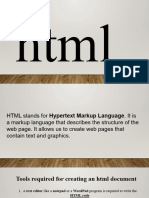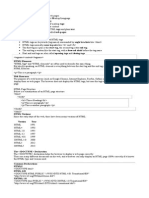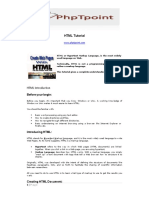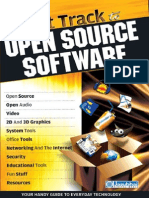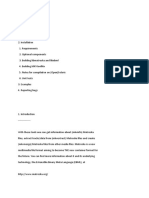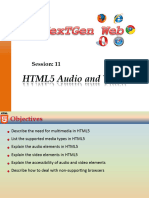0% found this document useful (0 votes)
14 views32 pagesHTML E-Com@unit2
HTML, or Hyper Text Markup Language, is the standard language for creating web documents, using ASCII text and tags to structure content. It consists of various elements, including container and empty tags, which define the document's structure, such as the head and body sections. The document also covers essential HTML tags for formatting text, creating hyperlinks, and structuring web pages, along with examples of their usage.
Uploaded by
Niraj SaxenaCopyright
© © All Rights Reserved
We take content rights seriously. If you suspect this is your content, claim it here.
Available Formats
Download as PDF, TXT or read online on Scribd
0% found this document useful (0 votes)
14 views32 pagesHTML E-Com@unit2
HTML, or Hyper Text Markup Language, is the standard language for creating web documents, using ASCII text and tags to structure content. It consists of various elements, including container and empty tags, which define the document's structure, such as the head and body sections. The document also covers essential HTML tags for formatting text, creating hyperlinks, and structuring web pages, along with examples of their usage.
Uploaded by
Niraj SaxenaCopyright
© © All Rights Reserved
We take content rights seriously. If you suspect this is your content, claim it here.
Available Formats
Download as PDF, TXT or read online on Scribd
/ 32
